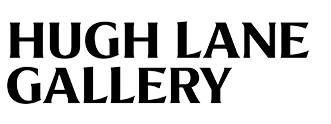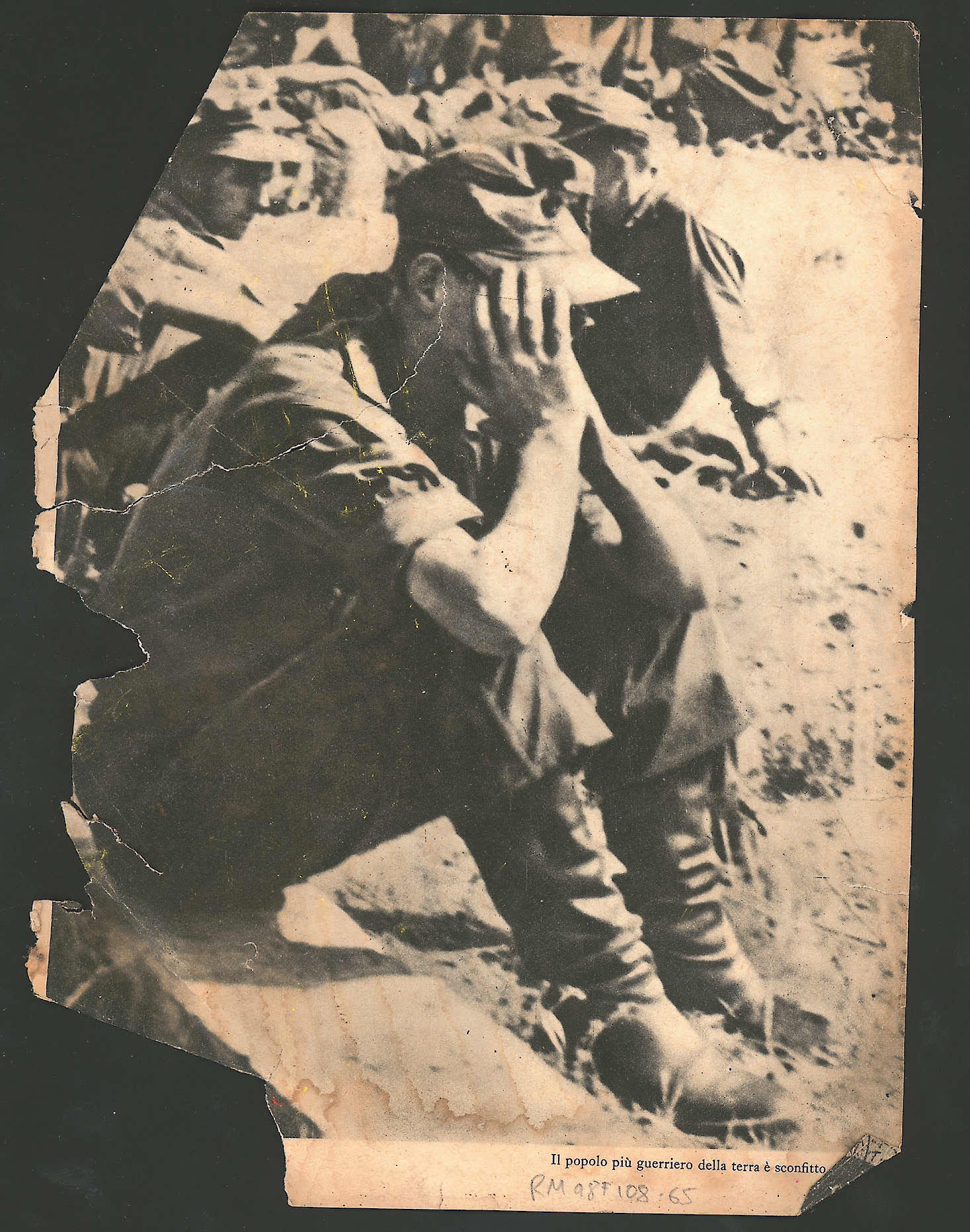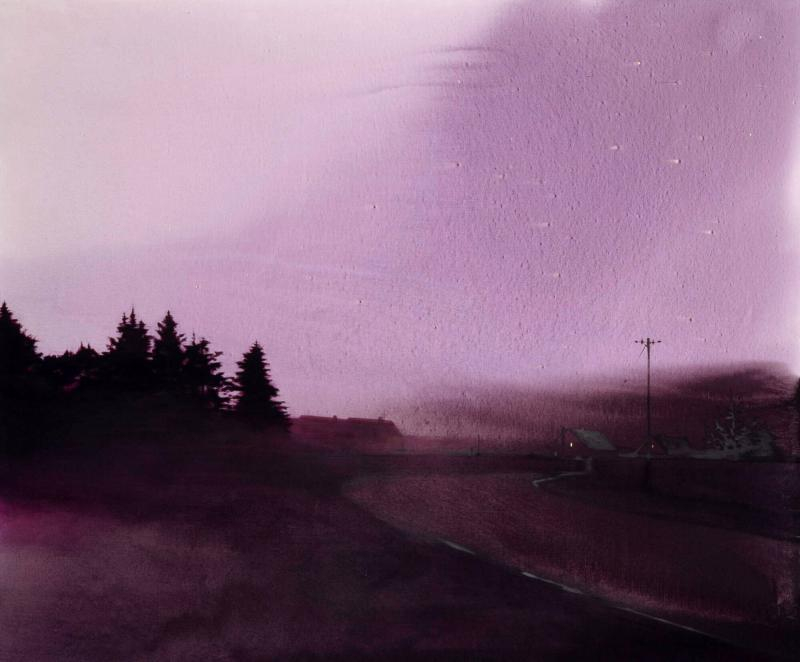A vast range of diverse source material was found in Francis Bacon’s studio. Many of these visual and written sources relate to war and conflict and include loose leaves torn from books and magazines. A selection of items related to this theme is currently on view in the display cases of the Francis Bacon studio. Curated by Jessica O’Donnell.
Bacon had grown up in Ireland during the time of the War of Independence (1919-21) and the Irish Civil War (1922-23). During the Second World War he volunteered to serve in the Civil Defence Corps, where his work involved black-out enforcement as well as assisting with first-aid and rescue at bomb sites. Responding to some people’s reaction to his work being disturbing, Bacon remarked that his work was no more disturbing than life itself.
The First and Second World Wars feature most frequently in the books and torn leaves related to war found among the items in Bacon’s studio, although other conflicts such as rebellion in Algeria and the Vietnam War were also among the subjects which interested Bacon. This fascination with the visual history of the twentieth century is also revealed by Bacon’s admiration for the book Il Mondo Cambia by Leo Longanesi (1949) which Bacon said contained some of his most significant pictorial stimuli. Other influential visual sources for Bacon included Picture Post, a photojournalism magazine which was phenomenally successful in Britain, and published between 1938 and 1957. Life Magazine and Paris Match were also significant sources for images of contemporary conflict. Robert Capa’s Images of War and Jorge Lewinski’s The Camera at War: War photography from 1848 to the Present Day are further indications of Bacon’s interest in vivid depictions of conflict. While a text might initially inform a photographic image, Bacon often freely combined diverse source images in one painting, thus re-contextualising them and freeing them from their original meaning and association. The spontaneous photographic images of the human figure in motion, where the figure is often shown distorted or fragmented because of extreme psychological and physical situations, had enormous potential to trigger figurative and compositional ideas for the artist. Bacon said: ‘I feel ever so strongly that an artist must be nourished by his passions and his despairs. These things alter an artist whether for the good or the better or the worse. It must alter him. The feelings of desperation and unhappiness are more useful to an artist than the feeling of contentment, because desperation and unhappiness stretch your whole sensibility.’ Bacon did not flinch from exploring similarities between human and animal carcasses. Indeed one aspect of conflict to which Bacon returned repeatedly was physical brutality and among the items found in his studio were graphic images of massacres in Algeria leaving one in no doubt as to the horrific consequences of war.






